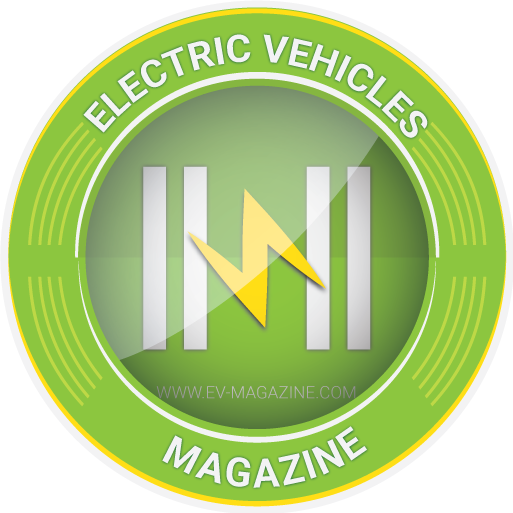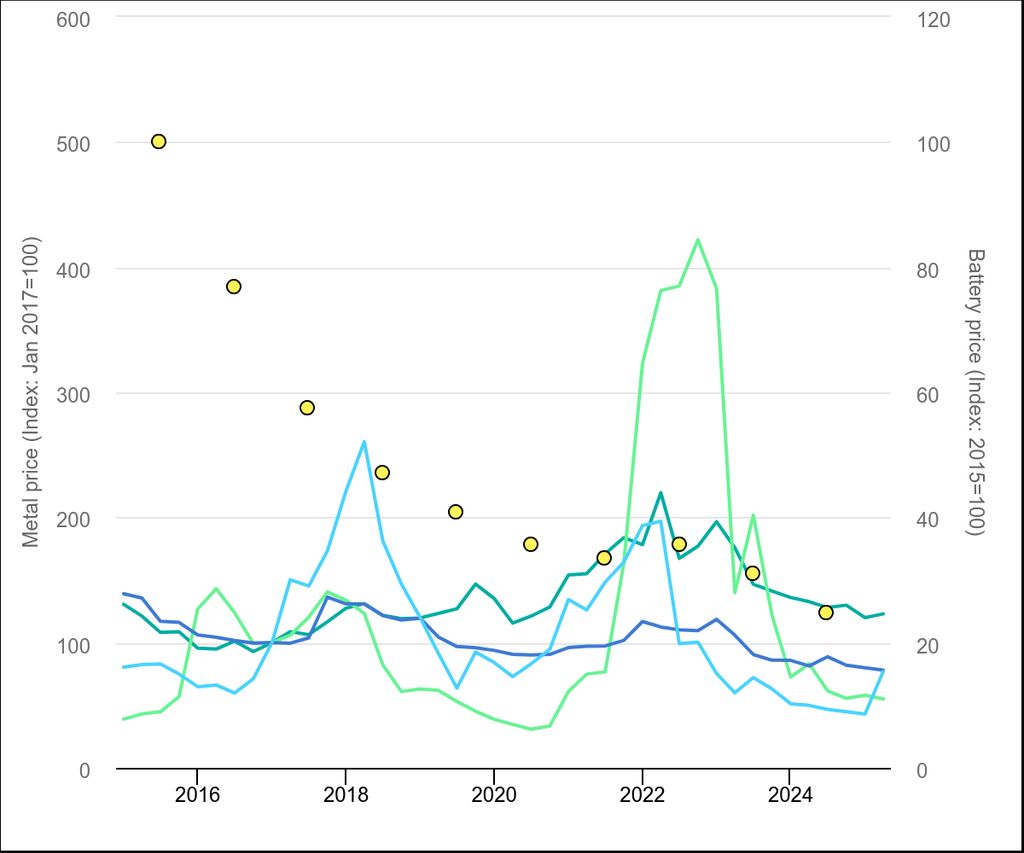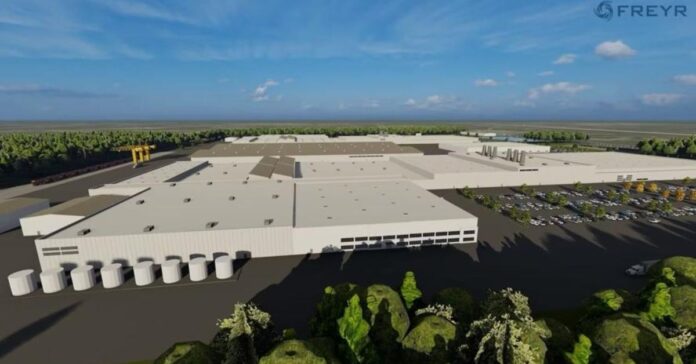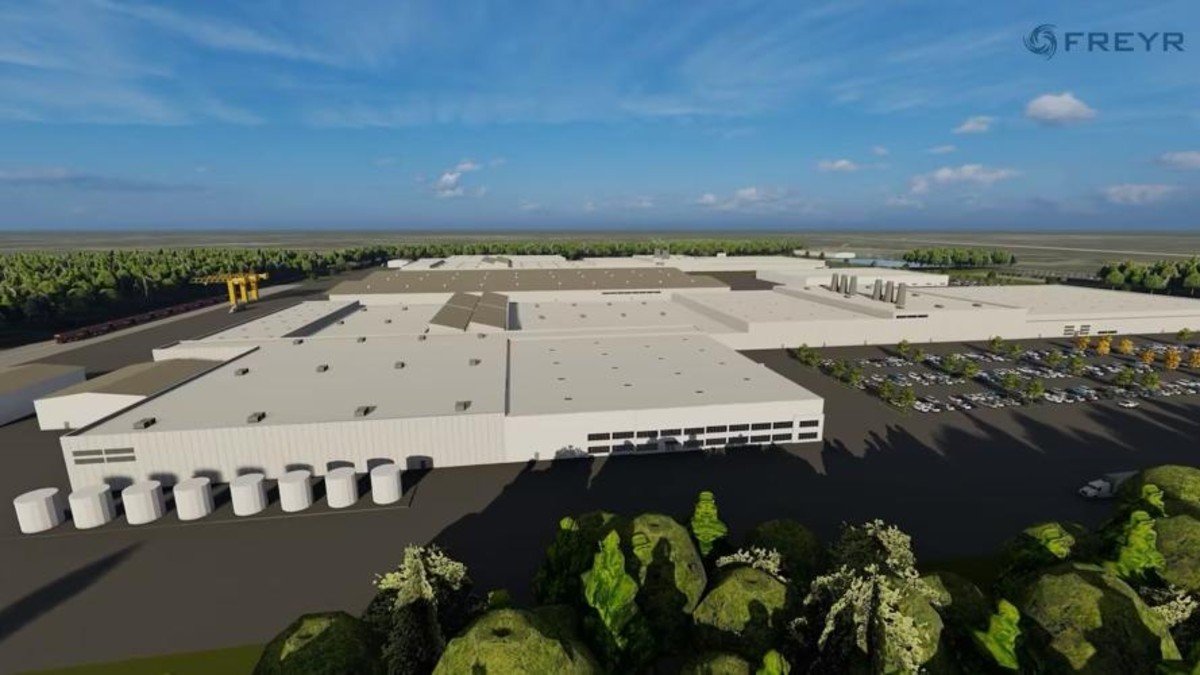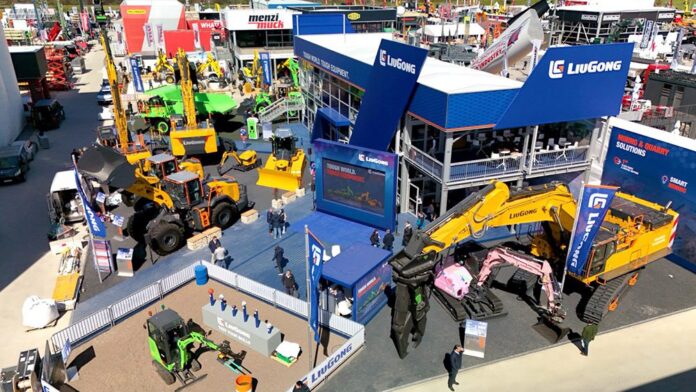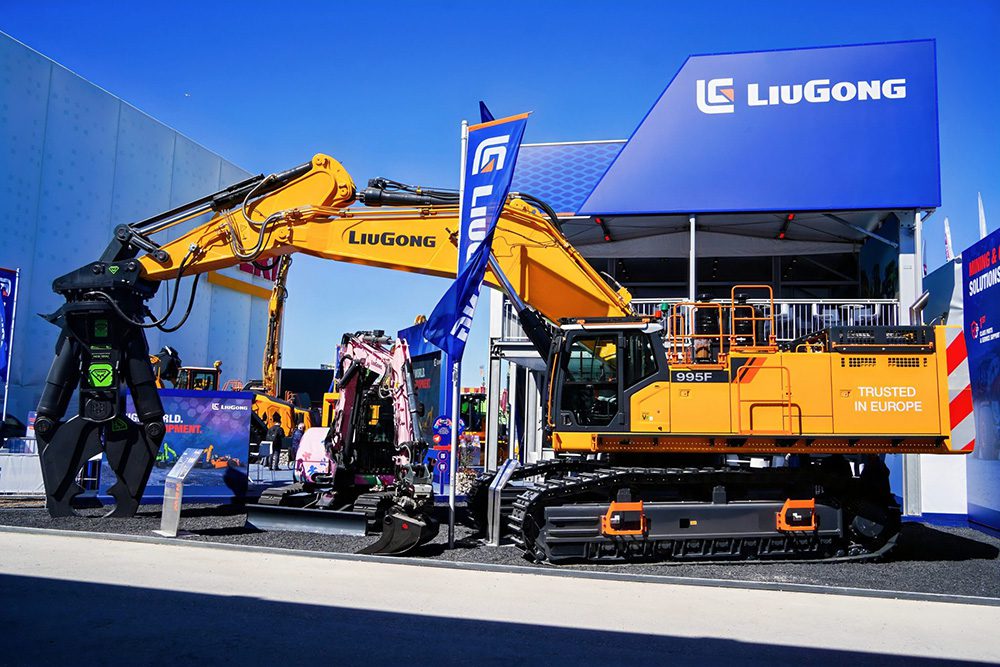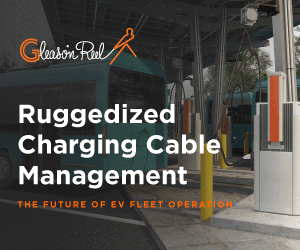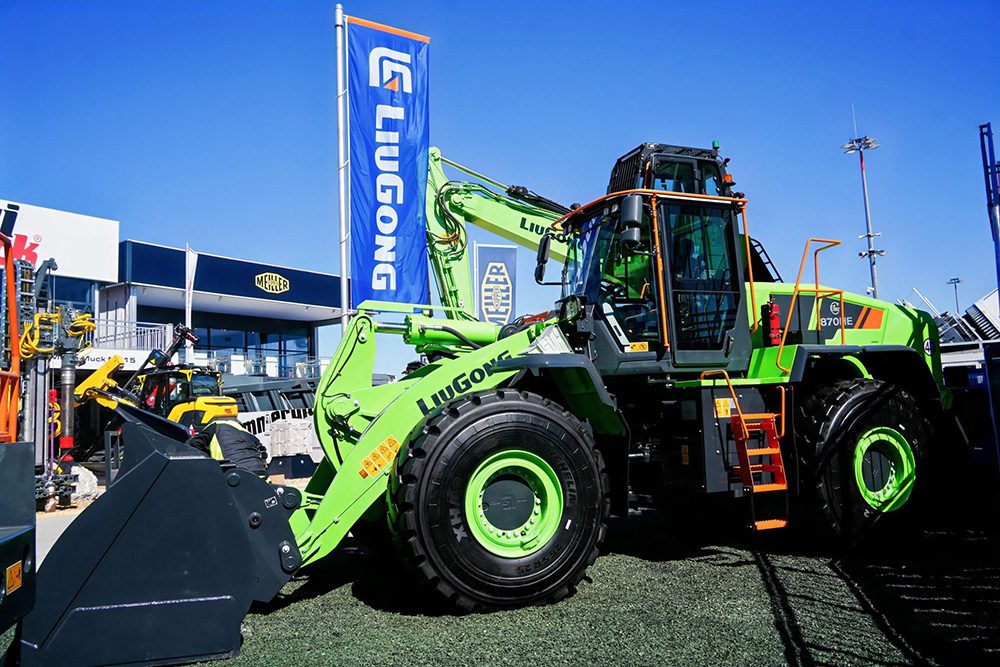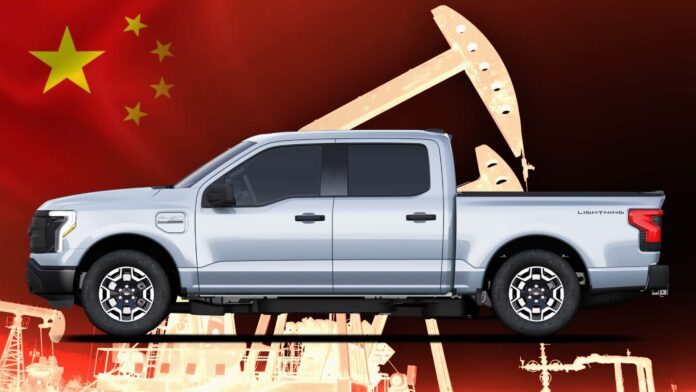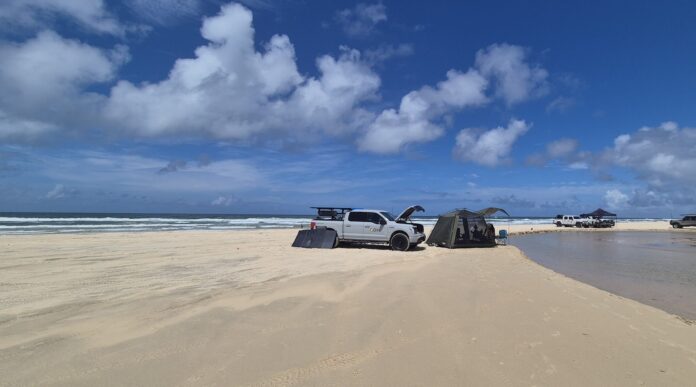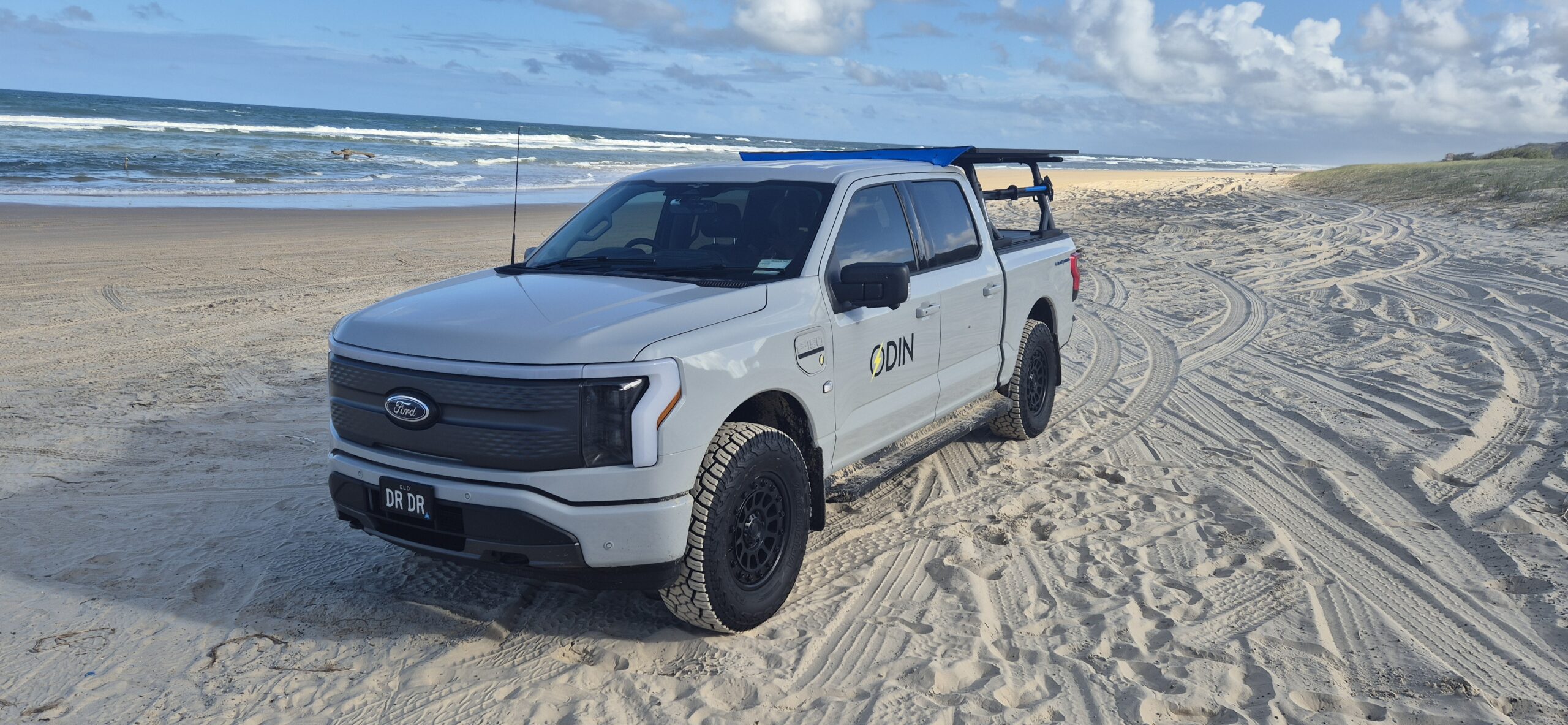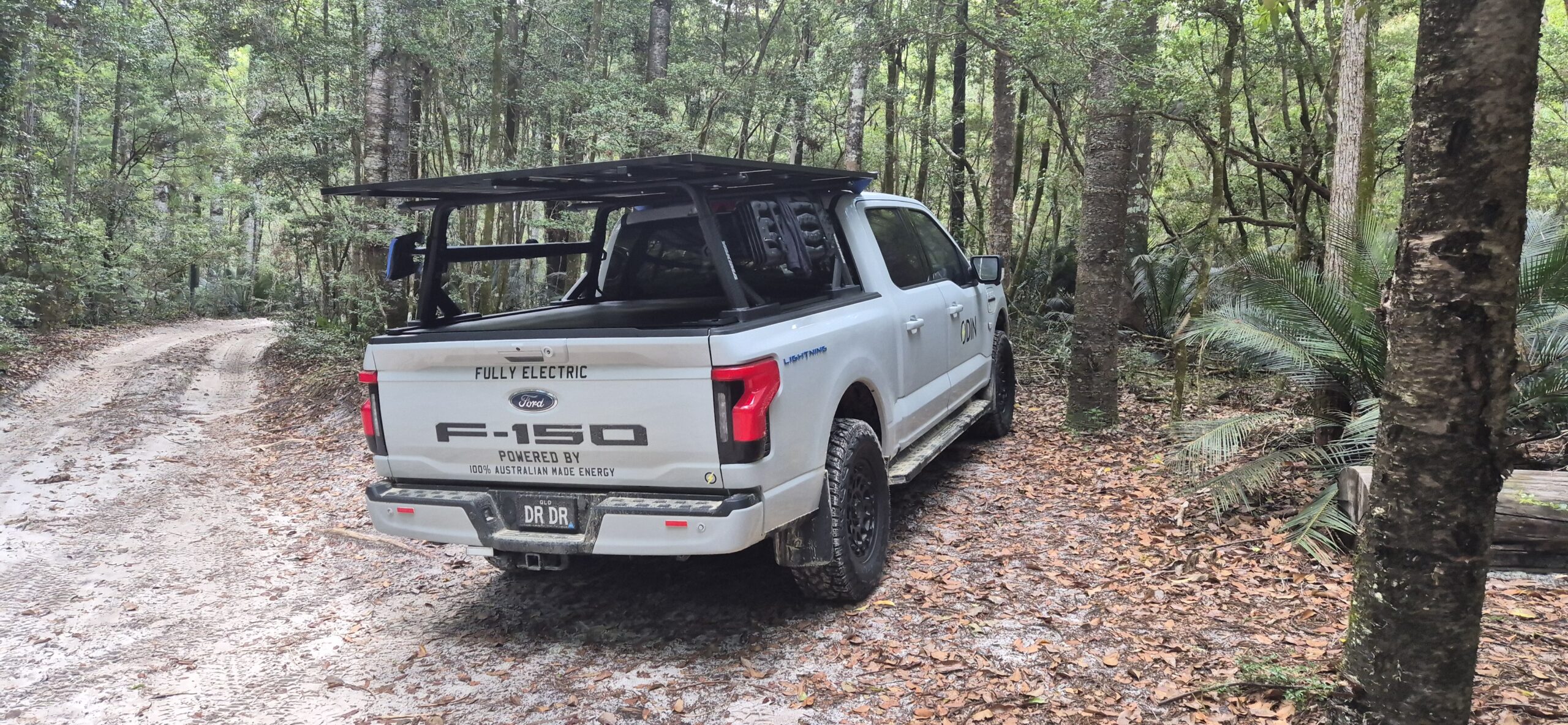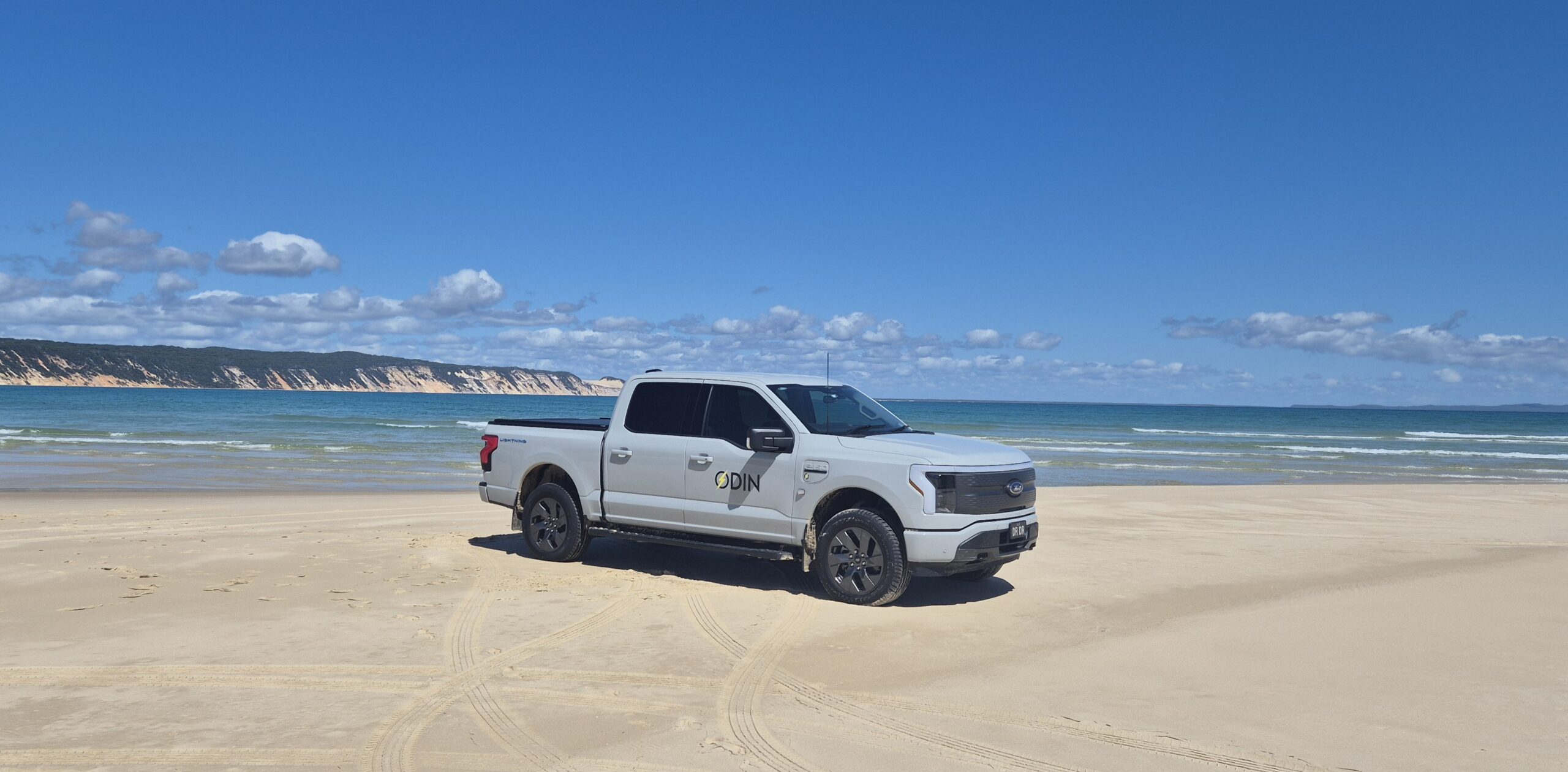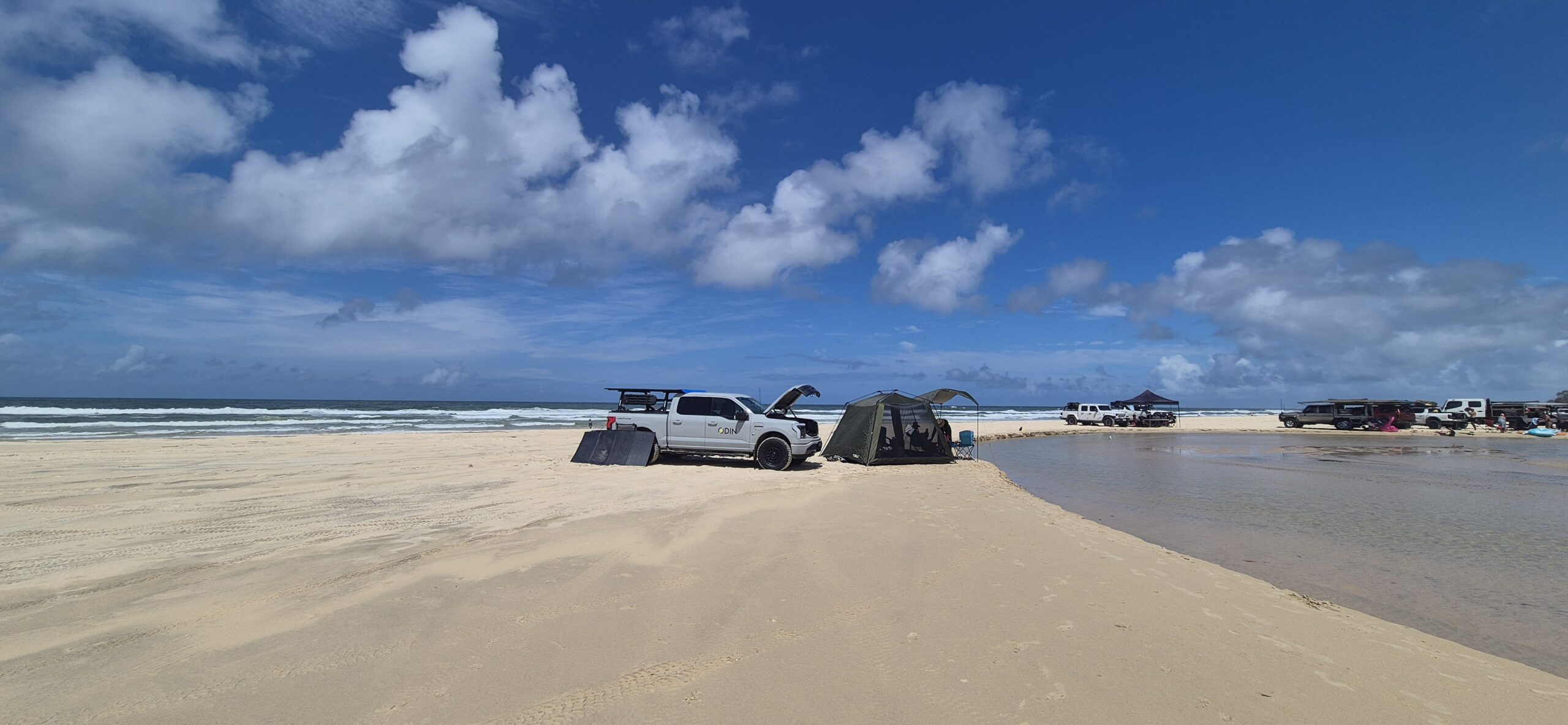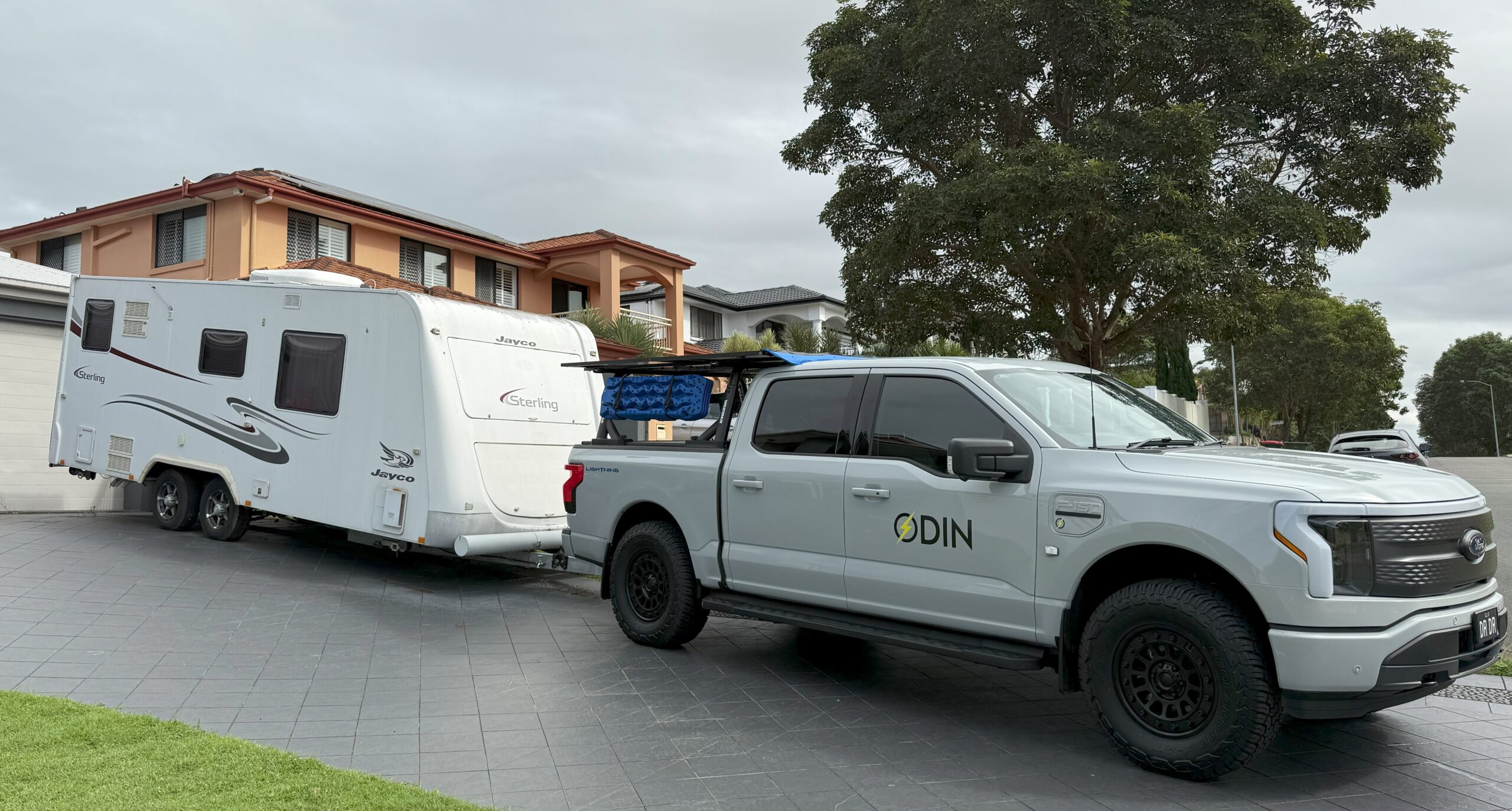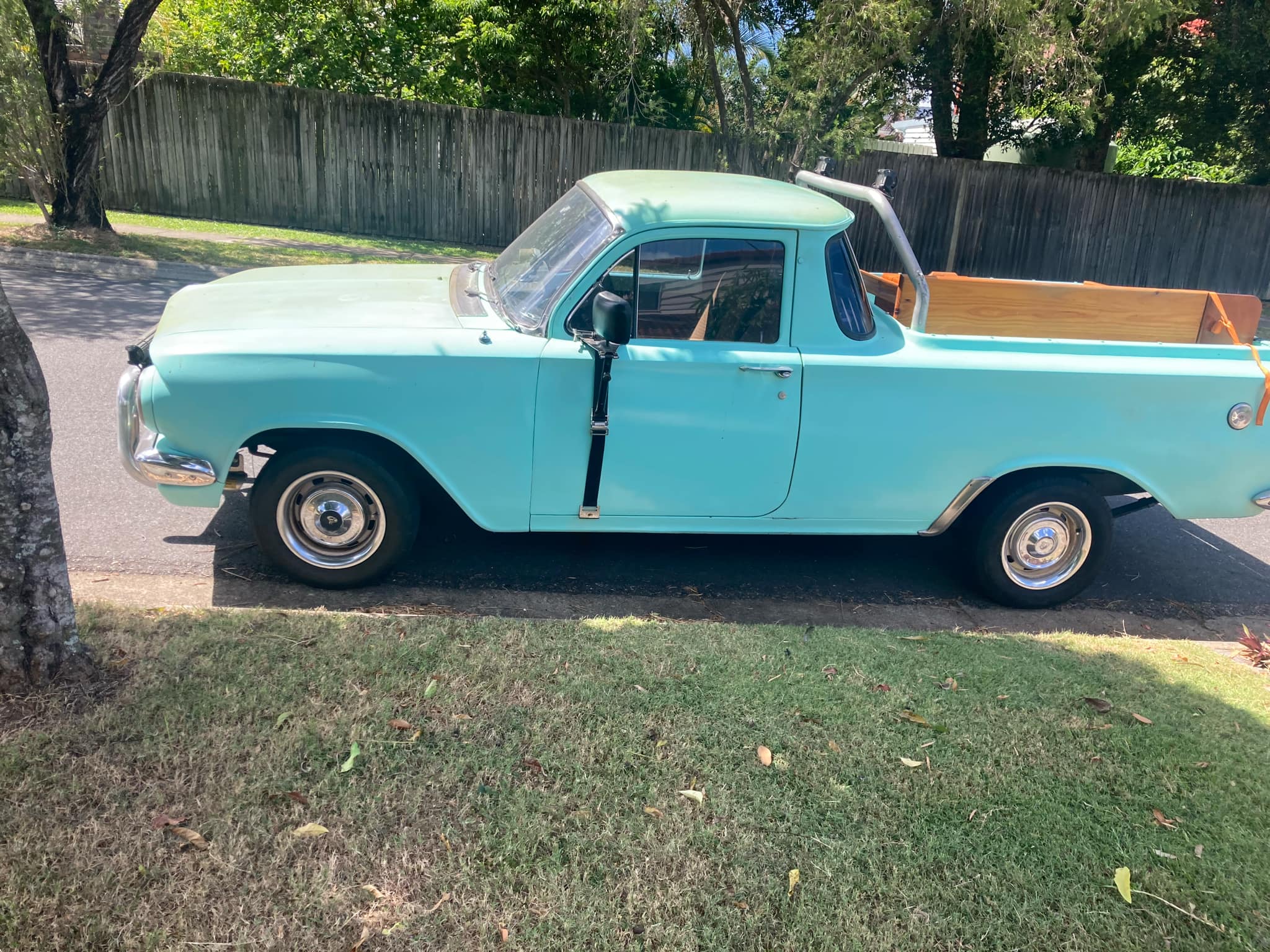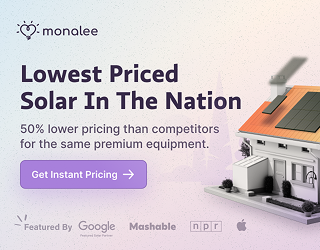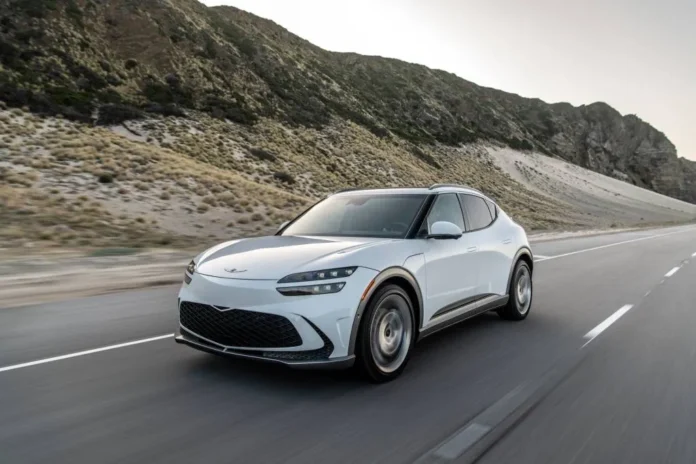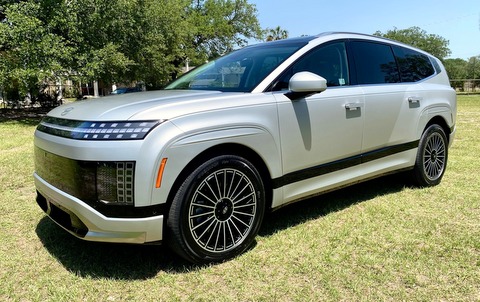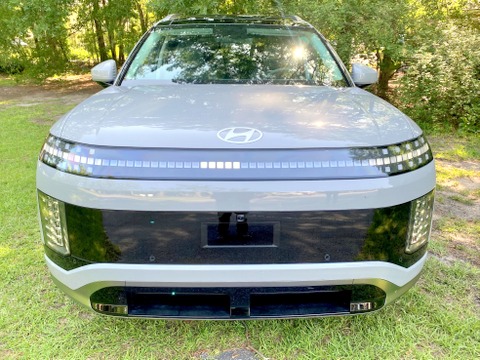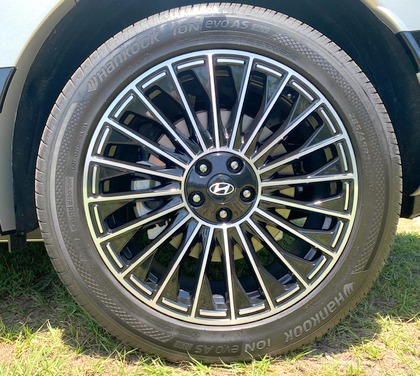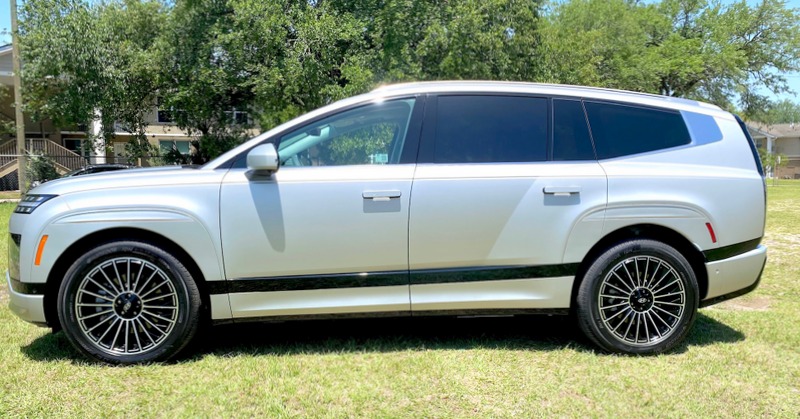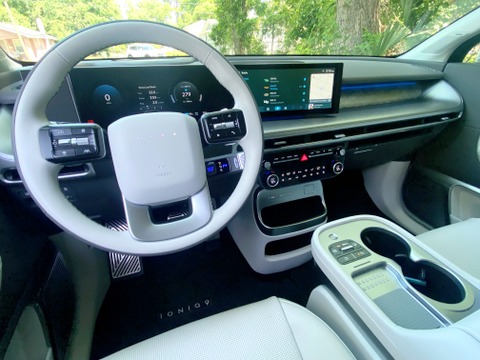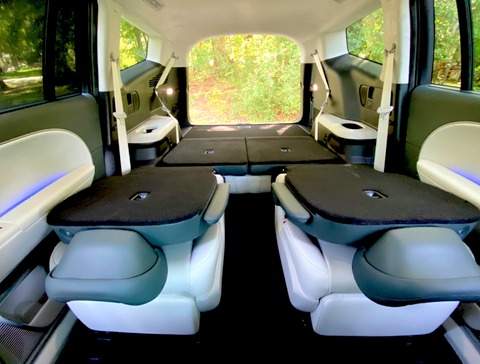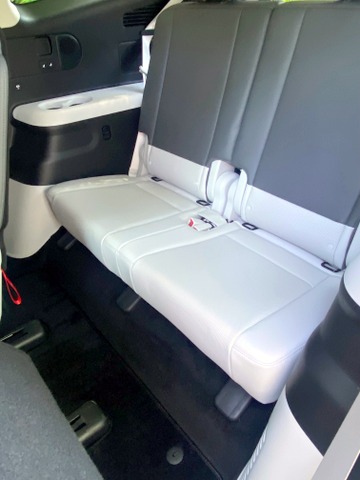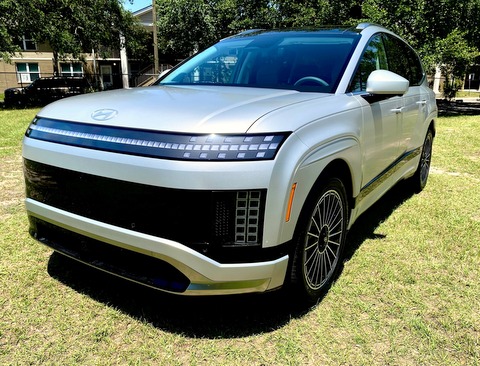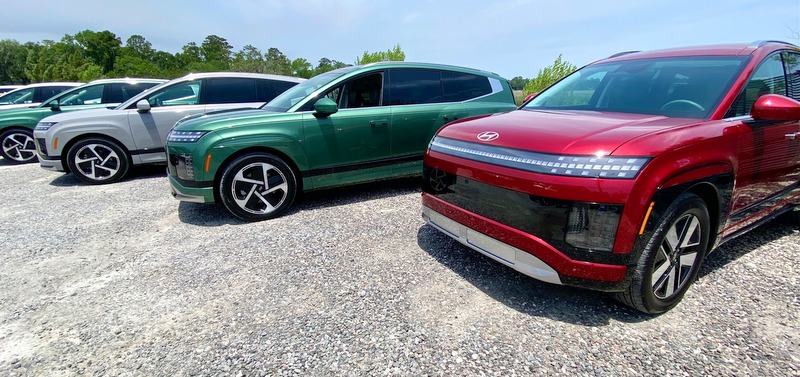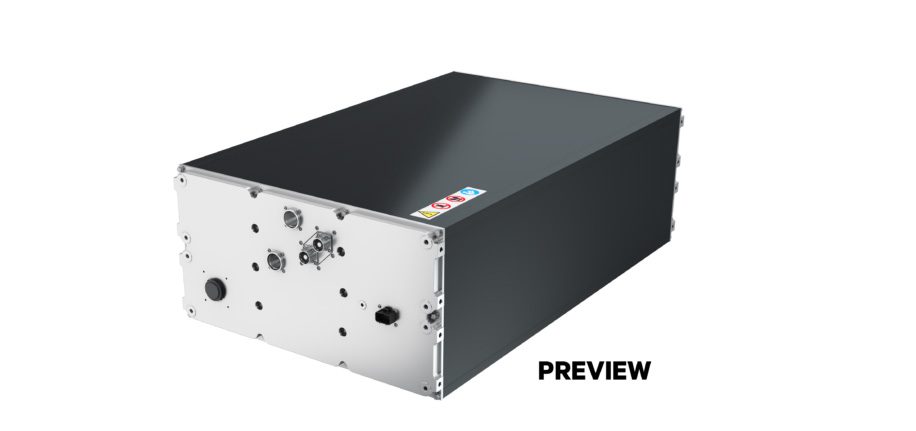California’s biggest virtual power plant is facing over $100 million in funding cuts due to the state’s ongoing budget crisis, threatening the long-term viability of a program that can act as a crucial release valve for the state’s overburdened power grid.
The Demand Side Grid Support program pays electric customers who reduce their energy use or who provide power to the larger grid during extreme events that stress the system, like heat waves or wildfires. Going into this summer, the program has hundreds of thousands of smart thermostats, batteries, grid-responsive EV chargers, and other distributed energy resources that participating companies can control remotely with software. It can provide hundreds of megawatts of grid relief to help the state avoid rolling blackouts on the hottest days of the year, when air conditioning use pushes the power system to its limit.
The companies paying customers to commit to making their devices available for this grid service insist DSGS is a good deal for the money — about $17 million in incentives paid to date, and roughly $82 million remaining for future spending, according to Olivine, the energy services company managing the program. It’s certainly a more cost- and climate-friendly approach to mitigating grid emergencies than the billions of dollars the state has spent on fossil-fueled power plants and backup generators over the past few years, they say.
But the program’s future is now uncertain as legislators search for ways to alleviate California’s multi-billion-dollar budget shortfall. The DSGS program already saw much of its state funding cut back last year due to similar budget issues — and now it’s back on the chopping block.
The state Legislature must pass a budget bill by June 15. If left in place in that final budget, these cuts and clawbacks would leave DSGS with about $64 million for the fiscal year that starts in July, according to Olivine. That won’t kill the program immediately: “Staff anticipate having sufficient funding for the 2025 program season,” which runs from May through October, Olivine states on its DSGS web page.
But Edson Perez, who leads trade group Advanced Energy United’s legislative and political engagement in California, says funding cuts will severely cloud the outlook for a virtual power plant program that has been a rare success in the state.
DSGS, by contrast, is “a very successful program, leading the nation for distributed energy,” Perez said. According to the latest tallies by Advanced Energy United, the program boasts 800 megawatts of capacity ready to participate in reducing peak grid demands this summer, he said, up from more than 500 megawatts enrolled as of last fall. That’s an enormous amount of energy flexibility, comparable to the capacity available from a fossil-gas-fired “peaker” plant.
Keeping the program running for the long haul requires having enough money to give participants confidence that it will still exist from one year to the next, Perez said. To be clear, it’s very hard to predict exactly how much money is needed to provide that confidence, because DSGS participants are paid for responding to grid emergencies. If weather conditions are mild and power supplies hold up, they could be called on very rarely, if at all, and money could be left over for next year.
But if lots of emergencies happen, the funds could be depleted quickly. In that event, participating companies will have to come back in January 2026 to plead for more money to keep it going, with no guarantee the funding will be granted. That’s not a sustainable way to do business, Perez said — and it’s not a sustainable way to build a resource that the state’s grid can truly rely on.
Following through on a successful experiment
California’s DSGS program began three years ago not as a virtual power plant but as an experimental response to a grid reliability crisis. The program has grown rapidly since then — largely because the California Energy Commission structured DSGS in a way that avoids the complications of past programs, Perez said. But the growth was also driven by companies that have invested since 2022 to deploy the underlying technologies needed to reliably control thousands of customer-owned devices for up to two hours per day.
Those companies have committed to paying customers both up-front incentives and “performance payments” when they follow through on their promises to allow their devices to reduce power use or push power back to the grid. In some cases, companies have offered discounts on smart thermostats and other devices. All of these commitments are based on the expectation that state funding won’t be pulled away, Perez said.
“The companies in this space need certainty,” he said.
That’s the argument being made by Sunrun, Generac, Renew Home, and other companies working in the DSGS program, along with community energy providers and trade groups. In a June 3 letter to state lawmakers, they asked for existing funding to be preserved to allow companies “to continue investing in market development and customer onboarding,” and to give customers “certainty in program length to estimate their returns upon participation.”
Sunrun, the country’s leading residential solar and battery installer, has had its ups and downs with California’s ever-changing virtual power plant policies, said Chris Rauscher, the company’s head of grid services and electrification. It has had to restructure projects as regulators and utilities altered program rules. One of Sunrun’s large-scale pilot projects with utility Pacific Gas & Electric was discontinued last year.
Still, Sunrun has continued to enlist customers in what it calls the “CalReady” virtual power plant, which now has about 56,000 customers capable of providing 250 megawatts of electricity from their batteries to relieve statewide grid stress for up to two hours at a time, Rauscher said. While Sunrun is participating in other virtual power plant opportunities, it has centered its efforts on preparing to serve the DSGS program.
Importantly, DSGS is also one of the few programs in California that doesn’t bar solar-charged batteries from injecting their power back into the grid — most others allow them only to reduce a household’s grid draw to zero. Allowing the equipment to send power back can roughly double their impact on relieving grid stress.
“You can very easily picture that by 2030, we’re operating a nuclear power plant-sized [virtual power plant] in California,” Rauscher said. “It sure would be a shame if the rug got pulled out from under this clean, reliable, and resilient resource that’s providing payments to Californians.”
DSGS is also good value for the money, argued Kate Unger, senior policy advisor at the California Solar and Storage Association, a trade group pushing for funding to be restored.
“DSGS is providing energy when otherwise it’s going to be at emergency pricing, when it’s about the most expensive energy you can possibly buy,” she said. The most popular option for participants in the DSGS program is its battery storage virtual power plant, in which customers agree to allow companies to dispatch their batteries on days when the day-ahead price of power on the state’s wholesale energy market exceeds $200 per megawatt-hour. That’s a proxy for days when the state’s grid operator has forecasted that demand for power, most often due to air conditioning use during heat waves, will exceed available energy supplies.

Source link by Canary Media
Author Jeff St. John
#Californias #successful #virtual #power #plant #program #faces #big #budget #cuts
